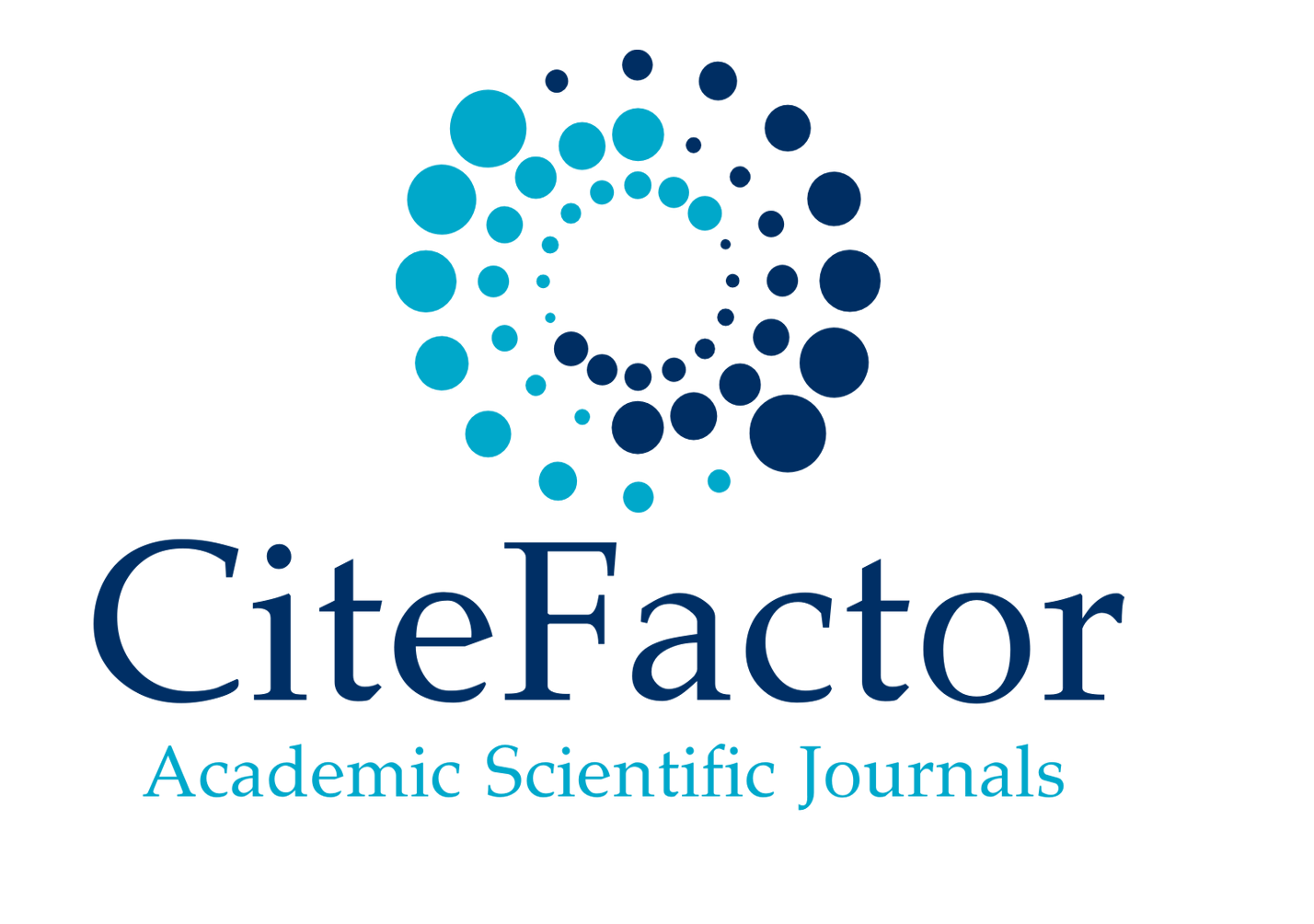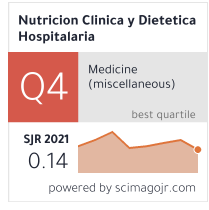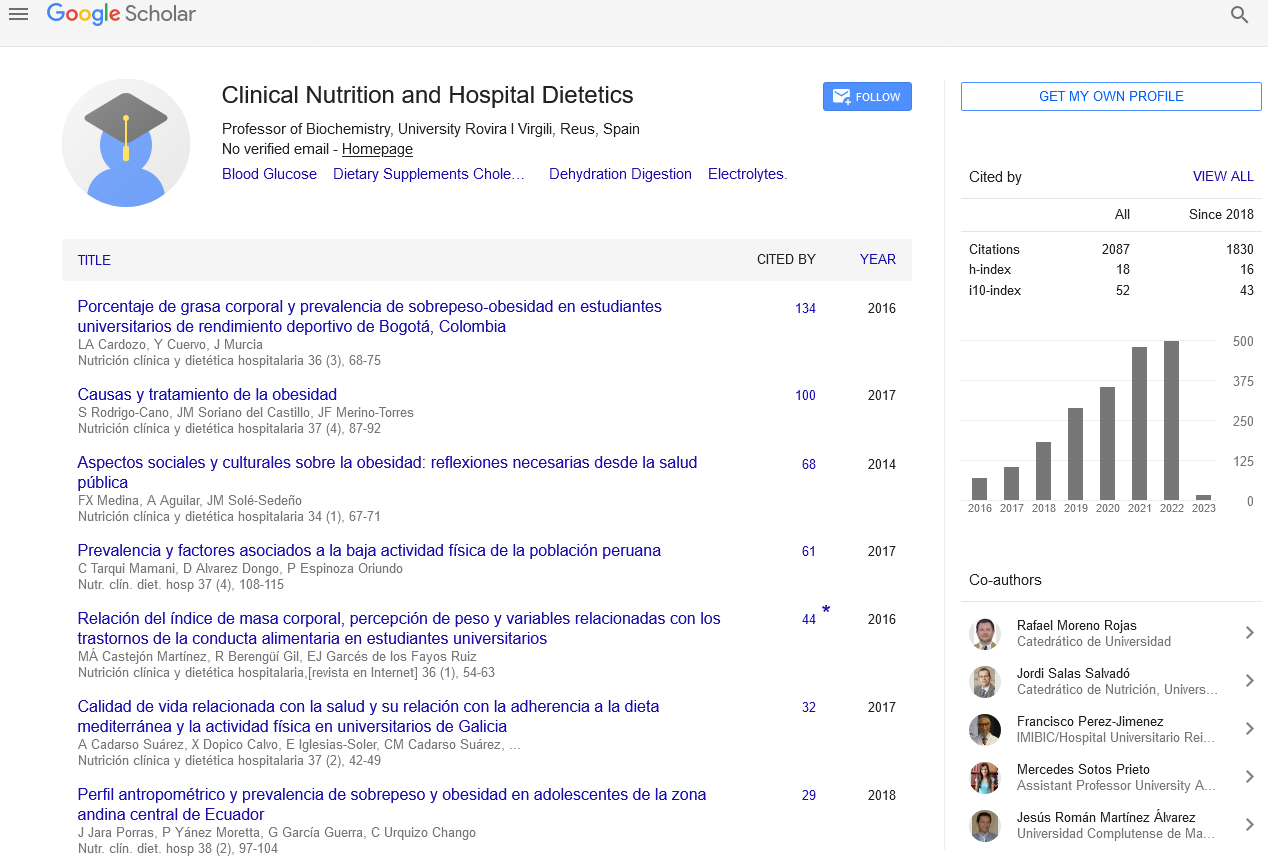Abstract
Evaluation of phase angle before, during and after chemotherapy in children and adolescents
Author(s): Coradine Vieira Pereira, Andréa; De Souza, Andrieli; Pianovski Albonei Dudeque, Mara; Rabito Iraci, Estela
Background: Nutritional status may interfere directly with the treatment of children and adolescents with cancer; however, nutritional assessment methods, commonly used in this population, may not detect recent body changes, making it difficult to identify malnourished patients or those at nutritional risk. The phase angle (PA), obtained from bioelectrical impedance analysis (BIA), has been suggested as a possible indicator of nutritional status in different clinical conditions.
Objetive: evaluate the behavior of PA in the child and adolescent population during the chemotherapy treatment.
Methods: A longitudinal, prospective and observational study was performed at the hematopediatrics outpatient clinic of the Hospital de Clínicas of the Federal University of Paraná (Curitiba, Brazil) between February 2012 and November 2013. Data collection was done before the first chemotherapy session, in the middle and at the end of the intensive phase treatment (before starting the maintenance phase) for patients with leukemia and at the end of the last cycle of chemotherapy for patients with lymphomas or solid tumors. The patients were divided into two groups according to the treatment phase: intensive phase group (IP) and group in cycles phase (CP). The PA was found after obtaining the resistance (R) and the reactance (Xc). A descriptive analysis was performed for the evolution of PA, R and Xc in each group, and Anova and Kruskal Wallis for comparison of the values of PA, R and Xc at different times in each group.
Results: Patients of the CP group had an increase in R between the first and last evaluation. No other changes were found in the behavior of PA, R and Xc in the two groups throughout the treatment, however, analyzing individually, it was observed that the majority of patients, in each group, presented a decrease in PA values during the course of the treatment time.
Discussion: The results suggest that PA and R are sensitive to body changes that occur in children and adolescents with oncological diseases undergoing chemotherapy.
Conclusion: It seems that PA and R can indicate changes in the body, but more studies with a greater number of patients need to be performed to confirm their use as an indicator of nutritional status in children and adolescents with cancer.
Google Scholar citation report
Citations : 2439
Clinical Nutrition and Hospital Dietetics received 2439 citations as per google scholar report
Indexed In
- Google Scholar
- Open J Gate
- Genamics JournalSeek
- Academic Keys
- JournalTOCs
- ResearchBible
- SCOPUS
- Ulrich's Periodicals Directory
- Access to Global Online Research in Agriculture (AGORA)
- Electronic Journals Library
- RefSeek
- Hamdard University
- EBSCO A-Z
- OCLC- WorldCat
- SWB online catalog
- Virtual Library of Biology (vifabio)
- Publons
- MIAR
- Geneva Foundation for Medical Education and Research
- Euro Pub
- Web of Science
Journal Highlights
- Blood Glucose
- Dietary Supplements
- Cholesterol, Dehydration
- Digestion
- Electrolytes
- Clinical Nutrition Studies
- energy balance
- Diet quality
- Clinical Nutrition and Hospital Dietetics




